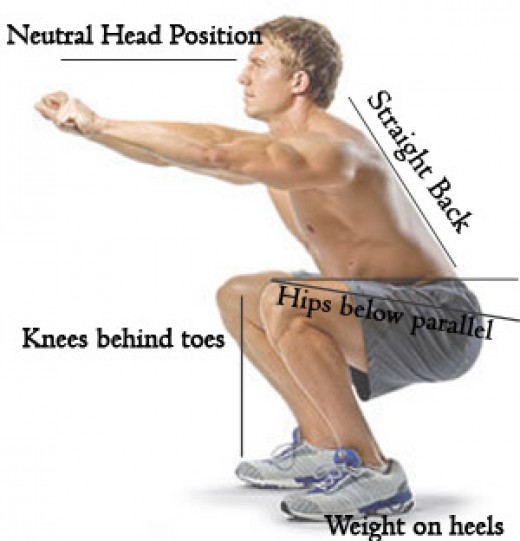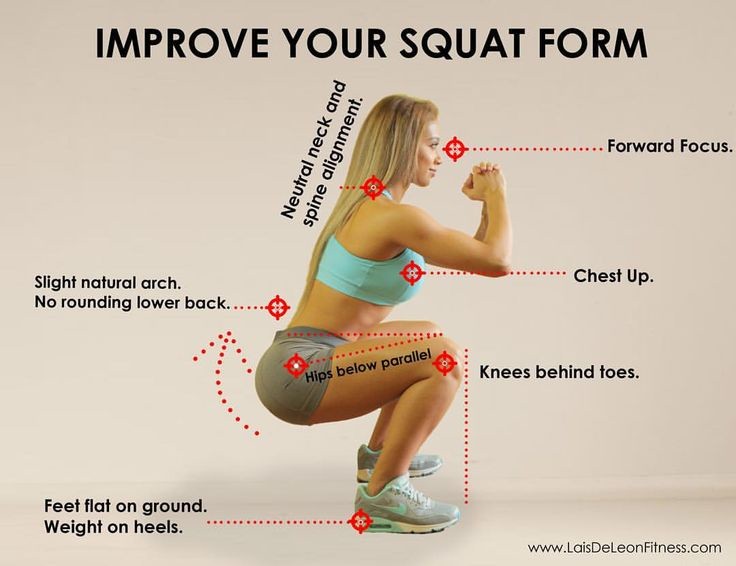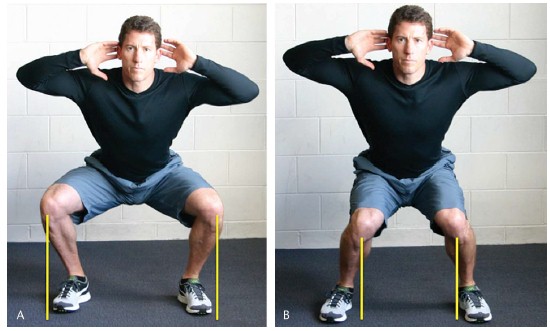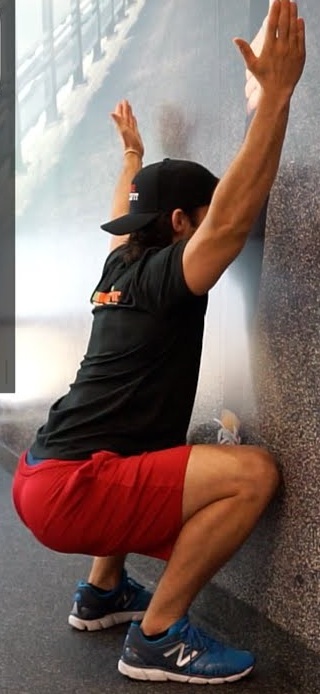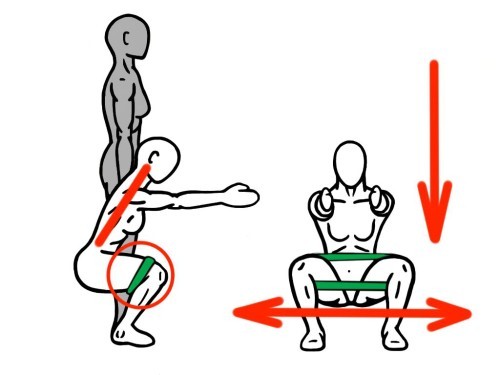Exercising with Correct Form
Posted on July 31st, 2017 by Andries Lodder
You exercise regularly and are keeping fit and healthy, and yet you are still getting injured. So often this is the case, not only with elite athletes but also with individuals who are just exercising because they enjoy it. Most of the time the reason behind all these injuries are incorrect form.
Performing an exercise with correct form means that the joints, muscles and tendons within the body during an exercise are correctly aligned and not put under excessive amounts of pressure. Ensuring proper form not only helps prevent injury to the body but it also ensures that the correct muscles are targeted during each exercise. If for instance you are doing a bicep curl, which is intended to work the biceps in the upper arm, and you are swaying and moving the upper body to help you lift the weight then chances are you are working far more than just the biceps. In doing this you are not getting the full benefit of the intended exercise and you could be straining other muscles and joints.
One of the primary reason for incorrect form or technique is due to lifting weights that are too heavy. When the weight is to heavy the first thing to go is form and you start using other parts of the body to compensate for the heavy weight. In doing this the joints of the body move out of alignment, pressure is places on ligaments and tendons, other muscles start contracting and taking strain. Another factor effected by lifting weights that are too heavy is the range of motion. There is little point in performing an exercise—such as a Squat—if you are not able to successfully go through the full range of motion, or if you need to compensate for a weakness. Rather you should work with less weight, fully developing your muscles through the prescribed range of motion and using proper technique to produce the necessary movements. Not only will this help prevent injuries but it will also greatly improve your strength.
Below let’s look at the correct form for a fundamental functional exercises:
The squat:
- Look straight ahead (During the squat you should not drop the head and look down or lift the head and look up)
- Chest out
- Shoulders level
- Hand can be placed behind the head or straight up above the head, or out in front of you parallel to the floor
- Back slightly arched or neutral (at no time during a squat should your lower back round)
- Feet should be slightly wider then hip width apart
- Toes pointed slightly outwards
- Weight should be on the heels or the feet
- As you begin to bend your knees push your hips and bum back
- Your knees should stay in line with your toes and not fall in at any time when doing the squat.
- The knees should also not push forward and go over the toes.
- Go through a full range of motion with bum and thighs going below parallel to the floor.
Tips to help correct squat form:
- One of the best ways to correct squatting form is to do wall facing squats. With the toes touching the wall and hand above the head. Keep the knees out and squat down as low as possible. By doing the squat this way the wall prevents your knees going over your toes and it helps you to engage and activate the glutes correctly.
- If you find you can’t keep your knees out and over your toes it can be useful to add a thera-band around the knees to assist in activating the necessary muscles.
So are you squatting correctly?
Take a look at how you are performing all exercises during your workouts as incorrect form could lead to injury and if you are unsure about what the correct form is, ask a fitness professional to assist you.
Tweet
